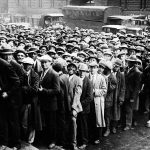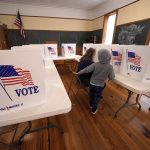Cost of not investing: Why rebuilding Ukraine becomes more expensive each day of Russia’s occupation
By Jeffrey Kucik, Associate Professor at the University of Arizona, University of Arizona U.S. military assistance is finally on its way to Ukraine after months of being held up in Congress. Reactions to the US$61 billion spending package, signed into law by President Joe Biden on April 24, 2024, have ranged from applause to indignation. While few people could deny it includes ammunition and equipment that Washington’s besieged Eastern European ally sees as crucial in its war with Russia, critics of the package say that money is better spent on domestic priorities. But if that $61 billion seems like...
Read More















